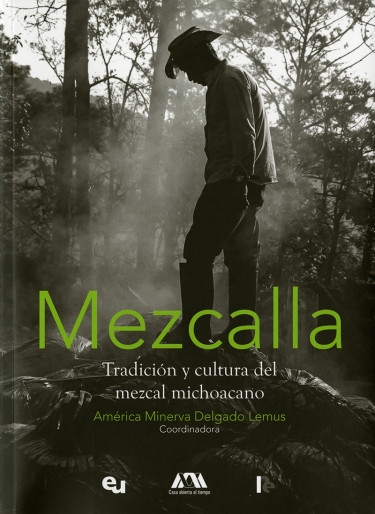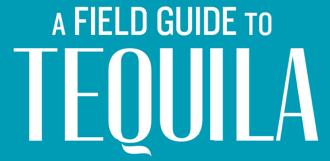Book Review: Mezcalla: Tradición y cultura del mezcal michoacano, by América Minerva Delgado Lemus.

Book Review: Mezcalla: Tradición y cultura del mezcal michoacano, coordinated by América Minerva Delgado Lemus. Universidad Autónoma Metropolitana. (2020)
Seven years ago, the late, legendary Catarina Illsey and Jorge Larsen wrote of the project that became Mezcalla: “Whether one is a neophyte or already initiated, it is lovely to discover these mezcals [of Michoacán] on their own turf, and one almost immediately feels affection and for these mezcals and people.”
That essay serves as the conclusion to the present book, which is based on biologist and Michoacán native América Delgado’s master’s thesis. Mezcalla is a long anticipated work, comprised of writing by a total of five scholars, including Delgado. At once a work of academia, a practical field guide, and a beautiful homage to the mezcal culture of Michoacán replete with photos, maps, and drawings, this book is an invaluable resource to anyone sincerely interested in learning about mezcal.
Mezcalla begins with a textual and visual guide to the ten wild and six cultivated maguey species of Michoacán, written by Ignacio Torres. The culinary and medicinal uses of these agaves are explored in the second chapter. The third, written by Delgado and Daniel Abdelmassih, presents the mezcal of Michoacán in its historical and cultural context, including an overview of the three types of stills found in the state, complete with helpful illustrations.

The authors also describe their methodology for selecting, evaluating and describing the mezcals profiled in the book. It’s a particular treat to benefit from this group of scientists’ systematic and serious sensorial evaluation of various mezcals, leading to the regional organoleptic profiles described in the succeeding chapter.
There, Delgado and Torres present typical mezcal processes in Michoacán, before mapping the state’s five production regions: Morelia-Centro, Queréndaro, Jal-Mich, the Southwest, and La Huacana. (The latter region is not profiled in the book due to persistent public safety issues there.) The profiles of producers, vinatas, and communities in each region are a wealth of cultural, technical, and biographical detail, situating mezcal with the broader social context of family life, culinary tradition, and local ecology. The typical flavor and aroma profiles for each region, created through systematic group tastings over time, will be of great practical use for anyone looking to dive into the mezcal of Michoacán (or any of its regions) for the first time. I was personally gratified to see a serious treatment of the (single-distilled, clay pot) mezcals of the Jal-Mich region, all too often dismissed or maligned as “not real mezcal” (despite their close relation to the ancestral distillation tradition of coastal Colima) for being below 45% ABV.
Illsey and Larsen’s concluding chapter (followed by a glossary and two bibliographies) argues for Michoacán’s singular importance in mezcal given its incredible diversity of cultures, climates, and ecosystems as well as the quality and availability of its magueys, timber, and water. It was only a matter of time before Michoacán was admitted to the Denomination of Origin for Mezcal, they write, but that alone will not protect it from the overproduction, deforestation, and dwindling genetic diversity that Oaxaca has experienced. They advocate for careful resource management and resisting pressure to radically increase mezcal production, focusing instead on maintaining quality and preserving regional tradition and nomenclature threatened by the homogenizing influences of the global mezcal market.They conclude that Mezcalla itself is a valuable tool for “knowing what is out there” in Michoacán, allowing us as consumers to properly identify, value and appreciate the state’s cultures, peoples, and ecosystems on their own terms. I could not agree more.
Mezcalla can be purchased online from the Universidad Autónoma Metropolitana.
